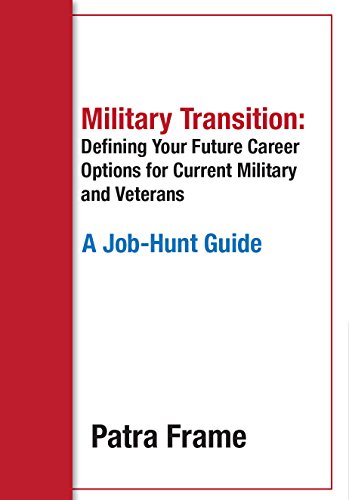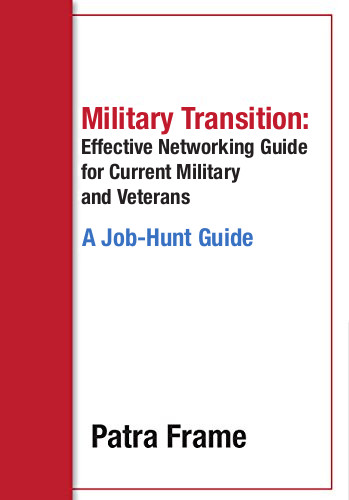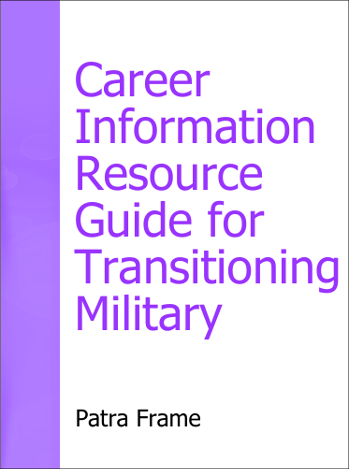Once you know what work you want to do next and have basic career goals defined, you need to find the right employers. The ‘right employers’ are those who not only offer the work you seek but who match your values, goals, and offer what you need to succeed.
Start by creating a detailed picture of your next job:
- What are the critical ‘must offer’ elements?
- What are ‘nice to have’ enhancements beyond those critical elements?
- What environment, values, culture does the employer have to offer?
Step 1. Finding Potential Employers
Start your search online. If you already know of some employers which interest you, check out their websites.
If you need to find possible employers, use a big job board as a research tool. Put in the type of work or position titles you seek and look at 100-150 results to see those employers most commonly mentioned. If you seek a specific location, add that to your search for more tailored results. Then focus on learning about the top 10-15 employers from that list whose needs most closely match your interests.
Another good resource is the business directory of CareerOneStop
Your local public library offers access to a variety of business directories which also will help you choose your targets wisely.
Once you have made a list of potential targets:
- Look at the target’s website for more information on specific jobs and on where they are located within the organization.
- Check your targets out on Glassdoor.com and Vault.com for employee-based information
- If they are a public company, use Hoovers.com for detailed information on their businesses and ask your library’s reference section for other resources they have.
- Do a basic search engine check to find current information and trends.
You want to assess organization goals and values, current stage of success, new plans or changed circumstances. Some examples include:
- What is the strategy? the vision? mission? How do those compare to your values and goals?
- What technological, competitive, or other changes are influencing the organization?
- What are current trends in revenues, market share, competitors?
- What are the critical issues facing the organization? (Or unit near you.)
- Are there new initiatives or growth plans?
- What are the challenges in your desired field within the organization?
- What is the stated culture?
Step 2. Refining Your Target List
After the basic research above, you may delete some targets immediately. You also may find others you want to add. Once your basic research is finished, you are ready to delve more deeply into the potential targets. Your goals here are to find opportunities which
- offer jobs which match your current and longer term goals
- provide the right environment where you can succeed.
Now it is time to check out your targets in more detail. Contact people in your network who may know or are in the target to learn more. Ask your network for connections to people who currently work in each target. Use LinkedIn groups in the target organization or in your specific field of work to find other people who work there. Connect with the organization’s recruiters via social media.
Your first efforts should be to build a relationship with each person who can assist you. This will help you as you ask more detailed questions or try to turn the person into an ally within the target employer.
Then you want to learn more about the organization. Some organizational characteristics and context which may help you decide if it is the right place for you include:
- What is the organization’s “personality” – it’s image, philosophy, goals?
- Is the overall work environment characteristically more cooperative or competitive?
- How structured is the organization? How does that compare to your preferences?
- Is it a high pressured or highly stressful or highly political organization?
- What is the chain of command? How tightly adhered to is the chain concept? Who makes the decisions?
At this point you are looking to assess whether what the organization says about itself and what people who know it well say is the same or very different. Plus whether the target continues to match your needs and goals as a place that is right for your needs.
Step 3. Short-list the Best Targets
Once you have a list of 20-40 targets based on best potential matches for your needs, you are ready to make your move. The more senior the position level you seek, the fewer organizations are likely to make it on your list, hence the 20-40 range.
Start by getting personal.
Go back to the people who helped you assess these targets and ask for internal connections in your field for your top five target employers. Look for connections at each target on whichever social media you are most active on. See who you can find in each on LinkedIn groups. Start following the organization on its LinkedIn or Facebook company page. Look for any connections you can make that get you access to employees at each target. These connections have two purposes:
- they offer you further insight, and
- they may become advocates for you in the organization.
During this stage you are seeking to learn more about specific jobs of interest and find the people who can hire you or refer you to the right hiring manager. This helps you find the hidden job market and not just rely on posted jobs along with hundreds of other applicants.
Here are some basic questions you might ask:
- What does each employee you connect with really like about the organization? Dislike?
- What do they think it takes to succeed in the organization? What sorts of people don’t do well there?
- What will a person need to do or be to fit in? How long will it take to be accepted?
- How much pressure normally exists? What is the cause?
Repeat this process until you have worked your way through all your targets. It is likely you will have excellent job offers long before you finish the full target list. Employers seek proactive candidates who can demonstrate their understanding of the employer’s needs and values. Your research ensures you can tailor your marketing materials to sell your expertise in your desired career field in ways that are relevant to that employer.




